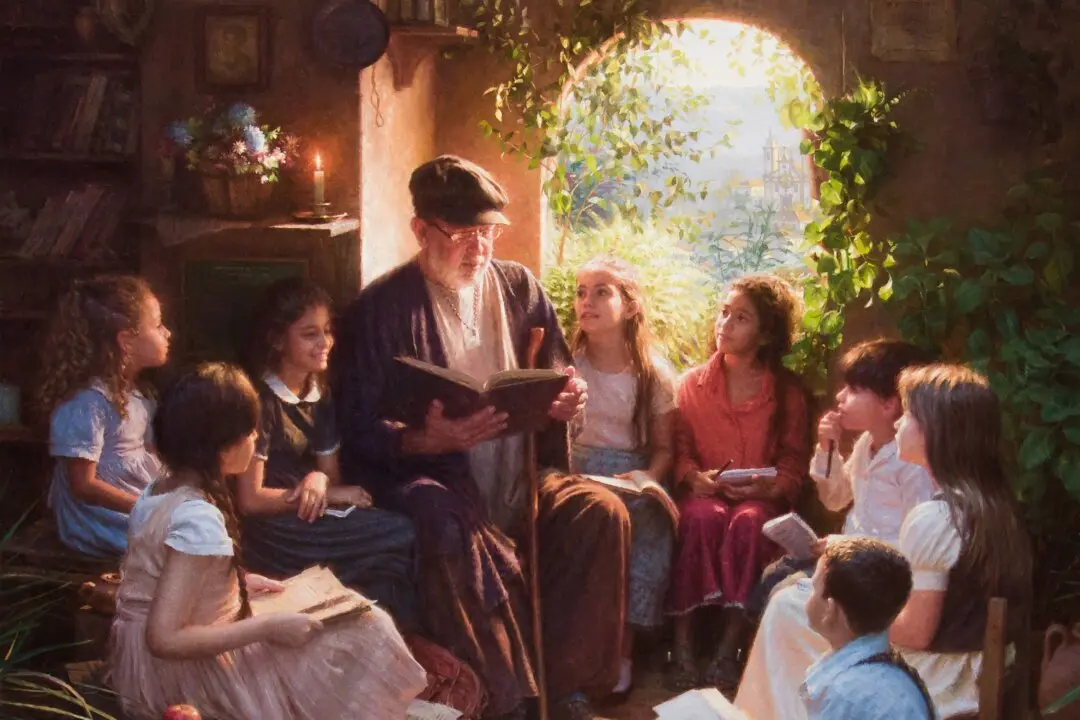On July 13, nearly 100 contemporary representational paintings from around the world will be exhibited in the “14th International Virtual ARC Salon Exhibition (2019–2020).”
The exhibition was due to be held at Sotheby’s New York, but because of COVID-19 the exhibition will now be held online on Sotheby’s website.






